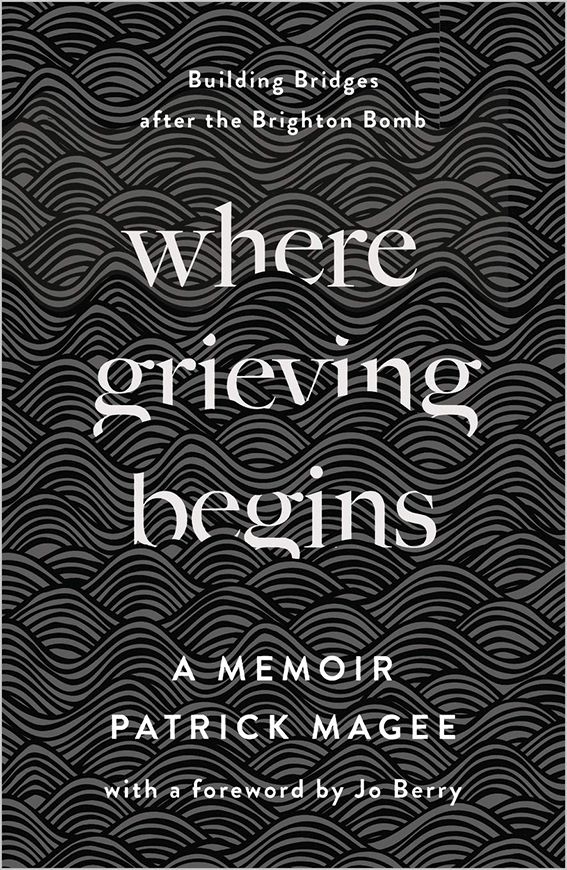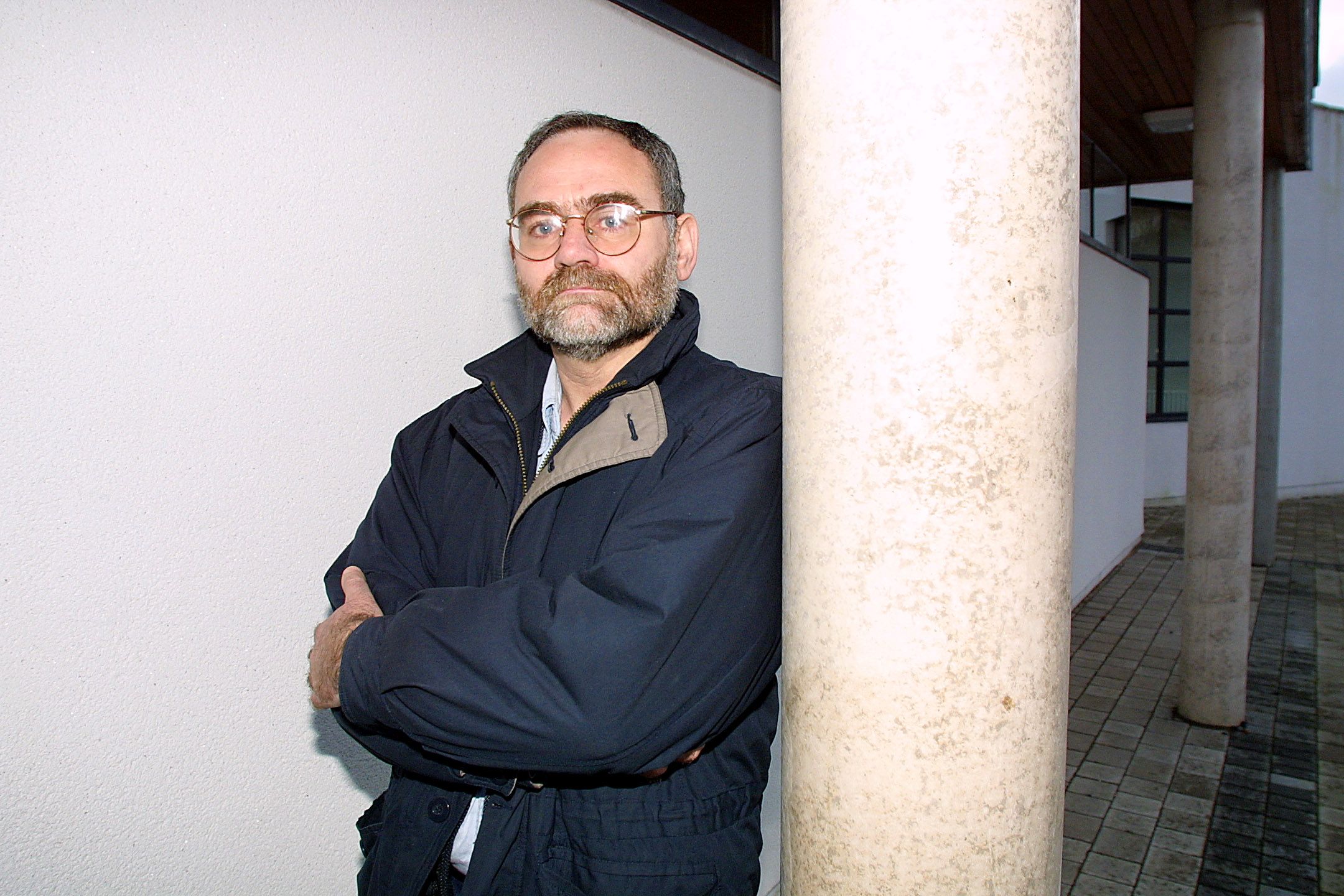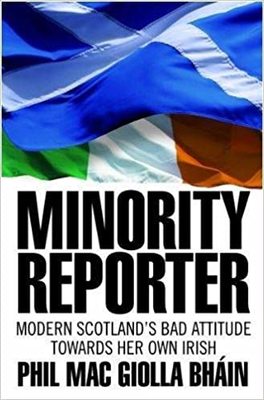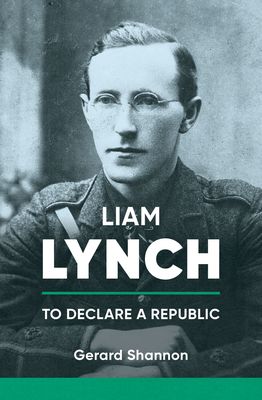Where Grieving Begins: Building Bridges after the Brighton Bomb by Patrick Magee (Pluto Press, 2021)
Every life is a journey. Few, if any, have taken the course travelled by Pat Magee. For his is an extraordinary story told, in this scintillating and absorbing memoir, with extraordinary candour.
It is tempting to begin at the end, where we find him today, thoughtful and conflicted, trying to make sense of a contradiction which haunts him as he struggles to resolve it. His admission that he cannot do so, and his anguished inner debate about that failure, asks questions of all who go to war.
But leaping immediately to the heart of Magee’s “core conflict” makes no sense without the essential context and history. Born in Belfast and raised in Norwich, he learned early of his paternal grandfather’s 1920s republican activities and of his mother’s uncles having been interned during the Civil War.
This had no immediate impact. As a moody, rebellious teenager, he was something of a delinquent who was consigned for a time to an approved school. At 19, came a turning point. He spent six weeks back in his birthplace from Christmas 1970 into the new year, playing silent witness to street riots and increasing British army activity.
In August 1971, the month internment was introduced, he returned again to Belfast and found himself on a fast learning curve, especially after moving into Unity Flats. Aside from the nightly loyalist attacks in the surrounding streets, it did not take him long to grasp the anti-nationalist role of British soldiers, concluding that “the Brits were our oppressors and that the IRA were our legitimate defenders.”
SELF-QUESTIONING AND SOUL-SEARCHING
He did not join up immediately. One of Magee’s character traits, as becomes clear throughout his story, is continual self-questioning and soul-searching. So, it wasn’t until March 1972, when Stormont was prorogued, that he became a Volunteer with G Company of the Provisionals’ Third Battalion, Belfast Brigade and, soon after, was given the role of intelligence officer.
His description of his IRA activities amid the bloody chaos of the time is almost dream-like. He writes, in a matter-of-fact way, of being on the run while learning how to make bombs, which surely conceals the heart-pumping drama of those months. In the circumstances, his capture in June 1973 comes as little surprise.
Nor, of course, are we now surprised to learn of the harsh treatment meted out at Castlereagh before his internment in Long Kesh, where he spent two-and-half years enduring an unforgiving prison regime as he began what amounted to a delayed schooling process. There were lessons in history, politics and Irish, which included the creation of a Gaeltacht hut. He was energised by the comradeship.

A wiser, more politically aware, Magee emerged in November 1975 and returned to the war with the “firm intention to be part of the England campaign.” Before he was able to contact the right people to bring that about, he carried out his IRA duties with enthusiasm. His account of those times on the front line in Belfast is riveting: “Moving from one safe house to another; nights in different beds but still up before the anticipated four a.m. raid”. He appears to have taken the inevitable arrests and interrogations, which involved casual and sometimes brutal beatings, in his stride.
Like me, he was influenced by Michael Farrell’s book, Northern Ireland: The Orange State, which set out the factual history and politics of the partitioned statelet with admirable clarity. This was not a period for much reading, however. He did manage to marry while on the run, but this would be no ordinary marriage because he was committed to carrying the war across the water.
For obvious reasons, he omits details of his early active service in England during 1978. Once he was stood down, and unable to return to the Six Counties because he was a wanted man, he lived instead in County Clare with his wife and son. It was a frustrating time. “I was physically removed from the conflict,” he writes, “but it raged on obsessively in my head.”
These are the two most powerful interviews I've done.
— Owen Jones 🌹 (@OwenJones84) February 16, 2021
Patrick Magee, the IRA 'Brighton Bomber', and @JoBerry9, the remarkable woman whose dad was killed in the attack.
The interviews are about their extraordinary friendship, conflict and reconciliation:https://t.co/BFeIF5RCTR pic.twitter.com/iH9a1tREt8
A brief interlude in the Netherlands ended with him being arrested by Dutch police on a British warrant. During his four months in prison awaiting an extradition hearing he was troubled by the IRA’s “terrible” killing of innocent victims and formed the opinion that “we hadn’t given sufficient attention to our warning procedures.”
With help from Dutch lawyers, he won his case and returned to Ireland, to live in Dublin and work for An Phoblacht. In the aftermath of the “prolonged nightmare” of the 1981 hunger strike, he was preparing to go back to England when he was shot twice in his right leg by a lone UDA gunman while standing in the foyer of Sinn Féin’s headquarters.
It took time after surgery to recover and it delayed his English mission. Then, skipping a year or so to 1984, we arrive at the incident which, as Magee ruefully remarks, has given him the nickname by which so many now know him: “the Brighton bomber.” He planted the bomb at Brighton’s Grand Hotel that killed five people, wounded 34 more, and so nearly took the life of the prime minister, Margaret Thatcher.
We learn no more about that operation than has previously been revealed, but we discover a great deal about Magee’s thoughts on the subject. His reflections on what he had done began soon after his arrest and his conviction. In September 1986, he received eight life sentences with the judge setting a minimum tariff of 35 years.
BALLOT BOX AS VIABLE PARTNER
He started his jail time in Leicester, where he spent four years and came close to a nervous breakdown. A further four years were served in Full Sutton, Yorkshire. He began to study and kept abreast of developments as the IRA, having adopted the ballot box as a viable partner to bombs and bullets, moved gradually towards agreeing peace with the British state.
He decided he should divorce, convincing himself that his wife would be better off without him. She didn’t agree, but Magee was insistent. By now immersed in his Open University studies, the next turning point arrived in August 1994 when he was transferred to Maghaberry. There, he managed to get on a postgraduate degree course at the University of Ulster. He was on his way to becoming Dr Magee.
His release under the Good Friday Agreement in June 1999, having served 14 years for the Brighton episode, was the opening of the most astonishing chapter in the already astonishing life of Pat Magee. He was contacted by Joanna Berry, daughter of the Tory MP, Anthony Berry, who was killed in the Grand Hotel bombing.
As she recounts in the book’s poignant foreword, she asked to meet him in what she expected to be a one-off encounter to “look into his eyes and see him as a human being.” At some point, Magee told Jo: “I’m sorry I killed your father.” That meeting was the first of many, the start of a collaboration between them, which led to their speaking together in public on countless occasions over the following 20 years. They have also appeared in TV documentaries.
Their central message: forgiveness and reconciliation between enemies, even in the most trying of circumstances, is possible. It has not been easy for either of them, especially for Jo, because Magee has never changed his mind about the validity of the armed struggle.
DEVOTED TO PEACE
Despite that belief, the dedication he once devoted to war has since been matched, in fact superseded, by the dedication he has devoted to peace. Within his own community, it appears to have been something of a solo struggle. I was left wondering whether, as an individual, he moved ahead of the collective, and too few were willing to join him.
If so, this book needs to be read as widely as possible because, although it does not offer a definitive blueprint for peace-making, it does provide pointers to the way ahead. Amid so much stimulating material, I underlined two paragraphs in the postscript.
“My core conflict,” he writes, “is that I stand over my actions yet profoundly regret the hurt inflicted.” That hit home, as did his view that “the last and perhaps greatest obstacle to a shared future is the battle of the narratives.” He continues: “The propaganda war continues to be waged; words continue to divide. In this light, we should look at all we have endured and survived and unleashed on each other, have difficult conversations and face uncomfortable truths.” Indeed, if there is a one word to sum up this book it is “uncomfortable.”
'Not many autobiographies show an author feeling his way through his life, seeking to understand each phase of it. This one does'.
— Pluto Press (@PlutoPress) April 7, 2021
Where Grieving Begins by Patrick Magee reviewed in @ATownNews:https://t.co/AcD1NJJqwL








